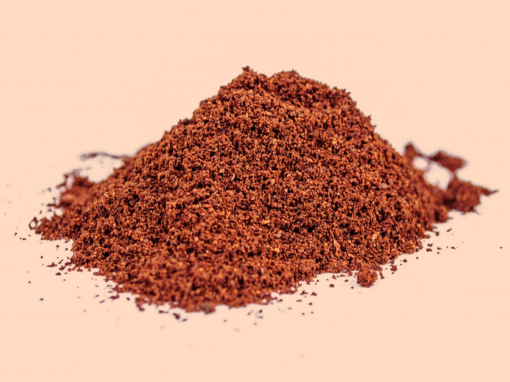Overview
If you frequently experience the occurrence of multiple pimples at once, you may be dealing with acne. Acne is a common skin condition that affects millions of people worldwide.
It occurs when hair follicles are clogged by oil and dead skin cells. While teenagers often experience acne, it can affect people of all ages. This article sheds light on what acne-prone skin is, what are the symptoms and underlying causes, and explores the various treatment options available.
What is acne-prone skin?
Acne-prone skin is a specific skin type that is more sensitive to developing acne, a common skin condition characterised by pimples, blackheads, whiteheads, and inflammation. Individuals with acne-prone skin tend to have overactive sebaceous glands, which produce excessive sebum or oil.
How to know that you have acne-prone skin?
Acne-prone skin is often recognised by a shiny or oily appearance, frequent breakouts, and a tendency to develop acne in response to various triggers, such as hormonal changes, stress, or certain skincare products. However, it is common to experience acne on dry skin as well. It is beneficial for people to identify whether their skin is dry acne-prone or oily acne-prone, which helps them to know which acne-prone skincare routine is best for them.
Symptoms of acne-prone skin
The frequent occurrence of bumps with pus is a sign that your skin is acne-prone. Here are the following acne-prone skin symptoms:
Whiteheads:
Closed, clogged pores on the skin
Blackheads:
Open clogged pores on the skin
Papules:
Small red and tender bumps on the skin.
Pimples:
Papules with pus at their tips.
Nodules:
There are painful bumps under the skin that feel large and solid.
Cystic lesions:
Painful lumps under the skin filled with pus.
Causes of acne-prone skin
The excessive presence of sebum and bacteria is the reason behind oily acne-prone skin. When dead skin cells block the follicles, sebum struggles to escape the pores, leading to acne. Blocked pores and oily skin can also be caused by genetic predisposition. Causes of acne -prone skin includes:
- Excess oil production
Overproduction of oil caused due to hormonal changes (puberty, menopause, menstrual cycle)
- Blocked follicles
Presence of dead skin cells and bacteria
- Stress and anxiety
Stress can contribute to acne by increasing cortisol levels
- Oil-based beauty products
Using oily skin products
- Medications
Side effects of medication cause acne
Factors that can worsen acne breakouts include wearing tight clothing and headgear, exposure to air pollution, and certain weather conditions.
Treatment
Here are the treatments and guides to improve acne-prone skin
- Lifestyle changes
Making specific lifestyle changes is crucial to get rid of acne-prone skin. It starts with practising good hygiene by washing your face twice a day. To maintain healthy skin, drinking enough water and staying hydrated is essential. A balanced diet that includes fruits, vegetables, whole grains, and lean proteins while limiting sugary and greasy foods is essential. Lastly, managing stress levels through relaxation techniques can help prevent acne breakouts. By incorporating these lifestyle changes, you can work towards achieving acne-free skin.
- Skincare product
Establishing a dedicated skincare routine helps treat acne-prone skin. It starts with gentle cleansing, moisturising, and applying non-comedogenic products. Washing your face twice daily, scrubbing your face gently, and using a soft microfiber towel is the road to achieving acne-free skin. After washing your face, apply a targeted anti-acne-prone skin product that includes benzoyl peroxide or salicylic acid to combat acne-causing bacteria and reduce inflammation. To keep skin hydrated, use an oil-free. Wear broad-spectrum sunscreen daily to protect the skin from harmful UV rays. Consistently following this skincare routine can significantly improve acne-prone skin.
- Medical treatment
Medicine such as tretinoin and adapalene are ideal for acne. If you experience irritation from your acne, you must consult a dermatologist to get better treatment.
FAQs related to acne-prone skin
- Is acne-prone skin oily or sensitive?
Oily skin is considered acne-prone skin as it produces more sebum. However, all skin types have a chance to develop acne because the environment can affect the pores of the skin.
- Does acne-prone skin go away?
Simple lifestyle changes and skincare routines can help you get redemption from acne-prone skin. Acne may take very little time to get cured, but the skin needs routine care, which can be done by staying hydrated, taking vitamins, and staying hygienic.
- What does acne-prone skin look like?
A shiny or oily appearance often recognizes acne-prone skin. However, the frequent occurrence of acne in dry skin is also acne-prone skin.
This article is for informational purposes only and does not constitute medical advice. The information contained herein is not a substitute for and should never be relied upon for professional medical advice. Book a consultation with andSons medical team to learn more about healthcare treatments here.


